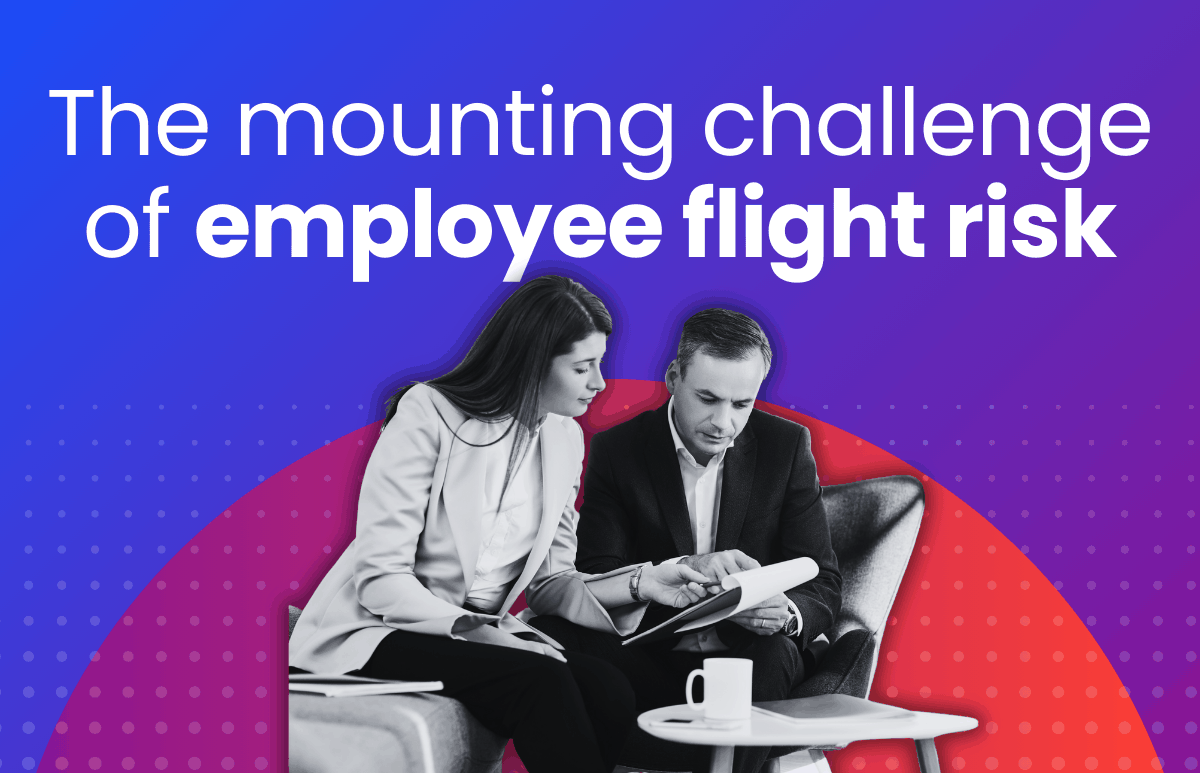Your guide to navigating the return-to-work transition in Australia

Government social distancing restrictions in Australia are lifting. Australian Prime Minister Scott Morrison says he aims to have the majority of businesses back on their feet by July.
As economies globally begin to reboot, businesses are shifting their focus to the return to work. For many, office-based working will resume, furloughed employees will be recalled, and business operations will be adapted in order to regain momentum. However, the indelible impact of COVID-19 may change workplace practices long-term, and there may be many aspects of our workday that won’t ever be the same.
According to a recent Robert Half survey,[1] employers will take a new approach to managing their employees, with emphasis on limiting person-to-person interaction and increasing hygiene standards. See the results in the graph below:

Generally, Australians are feeling more confident about work now compared to two weeks ago, according to a new study by LinkedIn. Employees of small-to-medium businesses (SMBs) particularly, are becoming increasingly optimistic that opportunities will improve. There was a 7% increase (16% to 23%) of SMB employees who think they will be “better off” in six months’ time. However, overall, the Australian workforce is more positive about the long-term outlook (two years) compared to the short-term (six months).[2]
It’s not clear when exactly government restrictions will be lifted, but local management teams and HR professionals will likely be responsible for navigating their business through the return-to-work transition. They will be the ones with the complex task of tailoring transactional day-to-day activities to suit the company’s – and its employees’ – unique needs.
So, what will the return-to-work transition look like? We look at some of the areas that may be affected*.
* Many of these tips are most applicable to traditional office spaces due to the tight working conditions and popularity of hot-desking, etc.
Health and safety
Health and safety will stay at the top of the agenda as the threat of COVID-19 remains. Risk of infection may still be high – inside and outside of the workplace – so employers must be proactive in considering the necessary precautions and protocols to protect their staff. They must also ensure compliance with local, state/territory and federal orders, which will most likely involve guidelines around sanitisation in the workplace.
To avoid transmission, heightened safety measures within the workplace may be necessary. Some examples are:
- Distributing personal protective equipment to staff (face masks, gloves, hand sanitiser)
- Conducting health and safety checks upon entry by screening the body temperature of employees
- Enforcing strict social distancing in all areas of the facility
- Adhering to strict cleanliness standards and implementing a regular deep cleaning schedule
For office-based businesses: Rearranging the physical workspace and managing employee numbers
When the time comes for workforces to return to the office, it will likely be in waves, with the those who have the greatest need to be office-based returning first.
Staggering the workforce can help enable social distancing. It can be done in several ways:
- Only allowing people those who work best in the office to be office-based
- Rostering teams to be office-based on different days
- Experimenting with different work hours – many workers are already working outside of the traditional ‘9-5’ due to childcare obligations or unique preference
The way a workspace is set-up and utilised may also need to change. For example, characteristics of a typical “modern” workspace such as hot-desking and open-plan layouts may no longer be conducive to a safe working environment so private, closed-off cubicles may be reintroduced.
Forrester summarised the rethinking of office usage in the below diagrams:[3]

Employers may start to strategise the return of their workforce into the office, and what measures they will need to take to ensure maximum safety.
Maintaining remote working
Since the COVID-19 outbreak, legions of workers around the world have been remote working – and many to great effect. Despite the anticipated return to usual workspaces, employers may consider encouraging employees to work remotely for a while longer – if it works for them.
Some employees find working from home too distracting, but others cite many benefits. What’s more, not everyone will necessarily feel comfortable returning to the office. It is up to HR and management teams to discern each employee’s unique standpoint and work with them to meet a mutually beneficial agreement.
Managing staff remotely? Ask these questions to better bond with team members.
Rethinking face-to-face meetings and non-essential travel
The Robert Half study found that employees are, in the short-term at least, planning to limit facetime with others when returning to the workplace. 73% of respondents surveyed said they will schedule fewer in-person meetings; 61% will reconsider attending in-person business events; and 49% are afraid to work in close physical proximity to their colleagues.[1]
Employers must listen to the concerns of their employees – and the local, state/territory and federal guidelines – when restructuring workplace practices. This may include banning any non-essential travel, meaning client-facing professionals will need to think of other ways to interact with customers and prospects. Additionally, face-to-face meetings – whether internal or external – may continue to be conducted virtually, and events and conferences will be repurposed for online use.
Remaining engaged and connected
Businesses around the world have felt the value of increased communication during COVID-19. For many, it has enabled them to maintain momentum and keep staff morale high.
When returning to the workplace, it’s important that team interaction is not compromised, as it can help to soothe yet another disruptive period.
Additionally, if employee attendance in the workplace is staggered, large portions of the workforce will remain distanced, and so the use of instant messaging platforms and video conferencing tools (e.g. Zoom) should be remain popular.
Find out how to ensure your Zoom meetings remain secure.
Employers should also use employee surveys to gauge how the workforce is feeling/coping with the transition. Find out about how survey software can keep employees engaged and satisfied.
Review and learn
COVID-19 has challenged businesses in new ways, and for many it has revealed weaknesses in business operations. Having to embrace remote-first working has been easier for some than others due to meeting staff infrastructure needs (laptops, hardware, VPN access, Wi-Fi connectivity, data security issues etc.) and high levels of communication.
However, the drastic shift in workplace practices has also uncovered substantial benefits: many teams have maintained high productivity and collaboration, HR and management teams have demonstrated immense adaptability, and for some, the chance to test remote working has been fruitful – and may prevail long-term.
The recovery stage is a time to reflect on key learnings – what went well and what was a challenge. In doing so, a business can return to work in a safe and sustainable manner.
ELMO Cloud HR & Payroll can help business leaders manage their workforce, even while operating remotely. As a cloud-based solution, ELMO helps employers manage their teams from anywhere at any time from a secure, centralised database. All employee-employer touchpoints are covered by ELMO’s suite, from ‘hire to retire’. This includes recruitment, onboarding, performance management, payroll, rostering / time & attendance, learning & development, and more. For further information, contact us.
[1] “COVID-19 and the workplace: Canadian employees weigh in”, Robert Half, April 2020
[2] “Workplace confidence rises in Australia”, HRD, May 2020
[3] “Entering the new normal: How to safely bring your workforce back”, Forrester, April 2020
 HR Core
HR Core 









